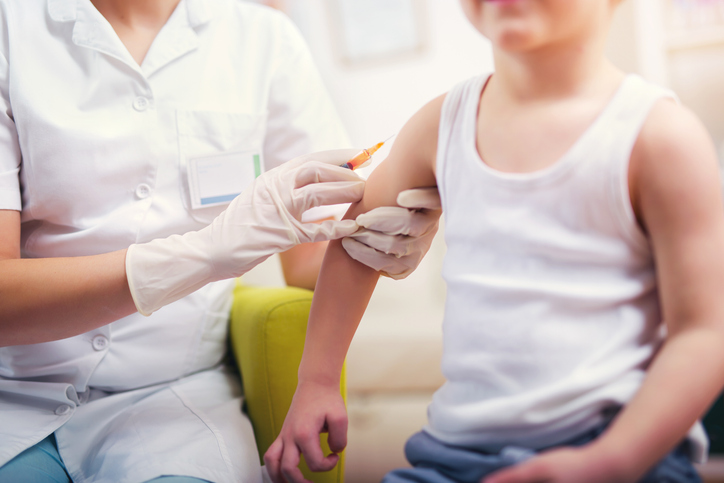- Richards, AM (February 2016). "Pediatric Respiratory Emergencies". Emergency Medicine Clinics of North America. 34 (1): 77–96. doi:10.1016/j.emc.2015.08.006. PMID 26614243.
- Zoorob, R; Sidani, MA; Fremont, RD; Kihlberg, C (1 November 2012). "Antibiotic use in acute upper respiratory tract infections". American Family Physician. 86 (9): 817–22. PMID 23113461.
- Westerhuis, B; Bietz, MG; Lindemann, J (August 2013). "Acute epiglottitis in adults: an under-recognized and life-threatening condition". South Dakota Medicine : The Journal of the South Dakota State Medical Association. 66 (8): 309–11, 313. PMID 24175495.
- Schlossberg, David (2015). Clinical infectious disease (Second ed.). p. 202. ISBN 9781107038912. Archived from the original on 2016-08-16.
- Blacklow, Neil R. (2004). Infectious diseases (3rd ed.). Philadelphia: Lippincott Williams & Wilkins. p. 461. ISBN 9780781733717. Archived from the original on 2016-08-16.
- Textbook of Adult Emergency Medicine (4 ed.). Elsevier Health Sciences. 2014. p. 291. ISBN 9780702054389. Archived from the original on 15 August 2016. Retrieved 15 July 2016.
- ^ Jump up to:a b Hamborsky, j (2015). "Haemophilus influenzae type b". Centers for Disease Control and Prevention. Epidemiology and Prevention of Vaccine-Preventable Diseases (13 ed.). Public Health Foundation. p. Chapter 8. ISBN 9780990449119. Archived from the original on 20 July 2016. Retrieved 14 July 2016.
- Des Jardins, Terry (2015). Clinical Manifestations & Assessment of Respiratory Disease (7 ed.). Elsevier Health Sciences. p. 529. ISBN 9780323358972. Archived from the original on 2016-08-15.
- Boons, Geert-Jan (2009). Carbohydrate-Based Vaccines and Immunotherapies. Hoboken: John Wiley & Sons. p. 1222. ISBN 9780470473276. Archived from the original on 2016-08-15.
- Gottlieb, M; Long, B; Koyfman, A (May 2018). "Clinical Mimics: An Emergency Medicine-Focused Review of Streptococcal Pharyngitis Mimics". The Journal of Emergency Medicine. 54 (5): 619–629. doi:10.1016/j.jemermed.2018.01.031. PMID 29523424.
- Guerra AM, Waseem M (10 February 2021). "Epiglottitis". National Center for Biotechnology Information, U.S. National Library of Medicine. PMID 28613691. Retrieved 20 July 2021.
- Mayo-Smith, Michael F.; Spinale, Joseph (1997). "Thermal epiglottitis in adults: A new complication of illicit drug use". The Journal of Emergency Medicine. 15 (4): 483–5. doi:10.1016/S0736-4679(97)00077-2. PMID 9279700.
- Dhainaut, Jean-François; Claessens, Yann-Erick; Janes, Jonathan; Nelson, David R. (2005-11-15). "Underlying Disorders and Their Impact on the Host Response to Infection". Clinical Infectious Diseases. 41 (Supplement_7): S481–S489. doi:10.1086/432001. ISSN 1058-4838. PMID 16237651.
- Damian Crowther. "management of epiglottitis - General Practice Notebook". gpnotebook.co.uk. Dept. of Genetics, Downing Street, Cambridge UK. Archived from the original on 8 September 2017. Retrieved 2 June 2017.
- Ito, Keiko; Chitose, Hiroko; Koganemaru, Masamichi (2011). "Four cases of acute epiglottitis with a peritonsillar abscess". Auris Nasus Larynx. 38 (2): 284–8.
Epiglottitis: Symptoms and Treatment of Laryngeal Inflammation? Why does it endanger children?

Photo source: Getty images
Most common symptoms
- Malaise
- Sweating
- Speech disorders
- Apathy
- Sore Throat
- Pain when swallowing
- Hoarseness
- Spirituality
- Fever
- Blue leather
- Indigestion
- The Island
- Swallowing disorders
- Disorders of consciousness
- Fatigue
- Anxiety
- Winterreise
- Confusion
- Accelerated heart rate
- Increased saliva production
Show more symptoms ᐯ
How is epiglottitis treated and what is the first aid?
Show more











